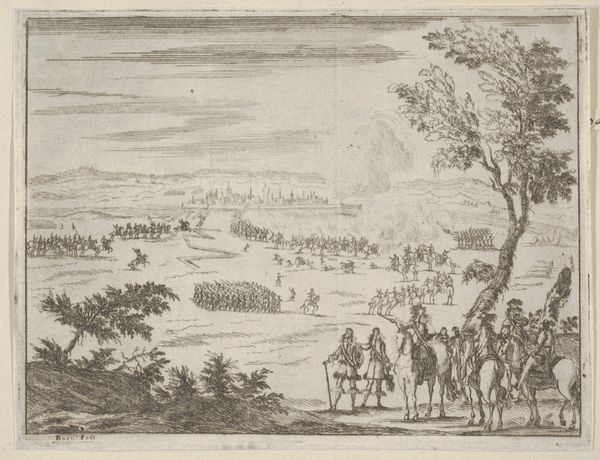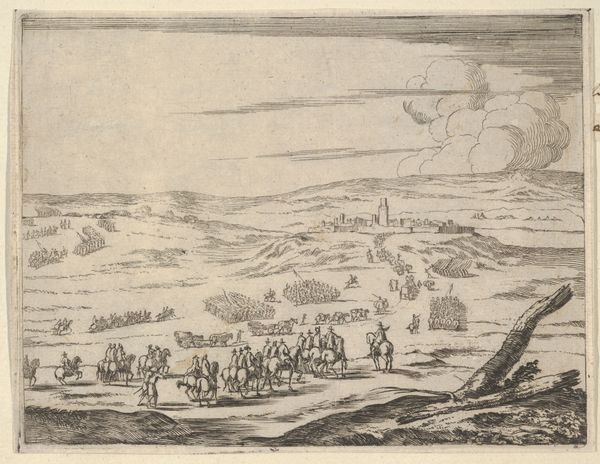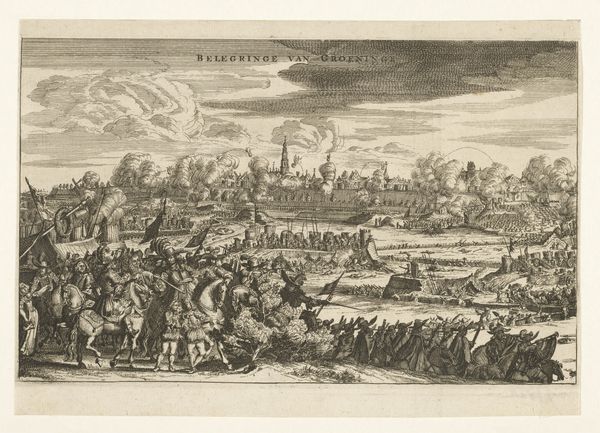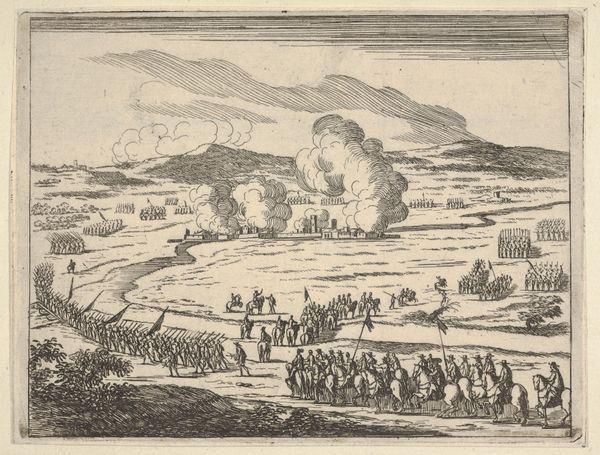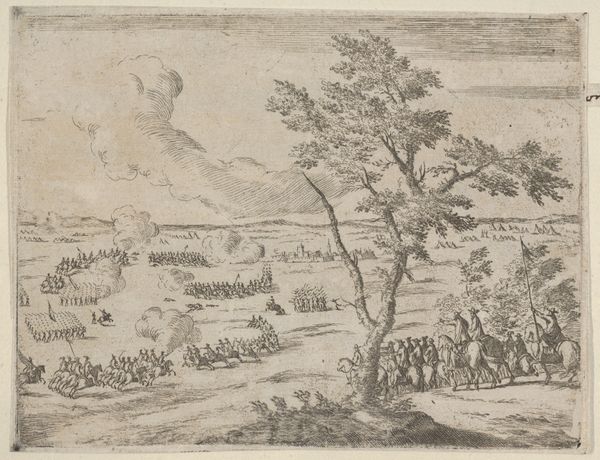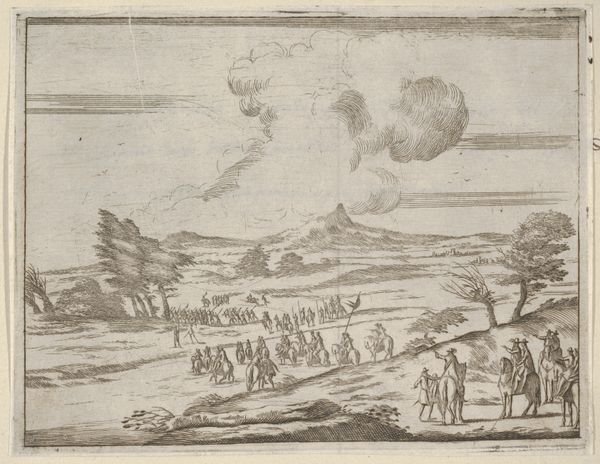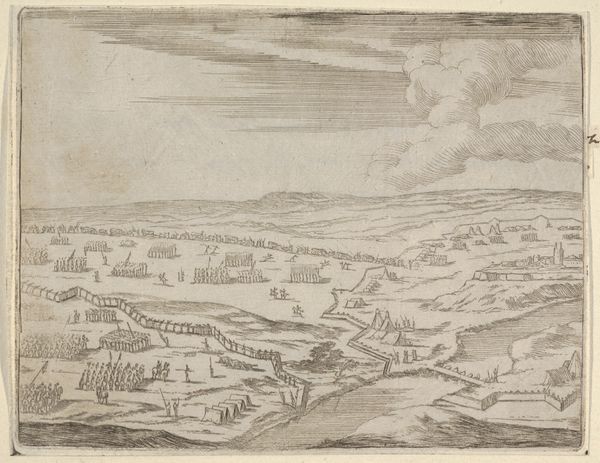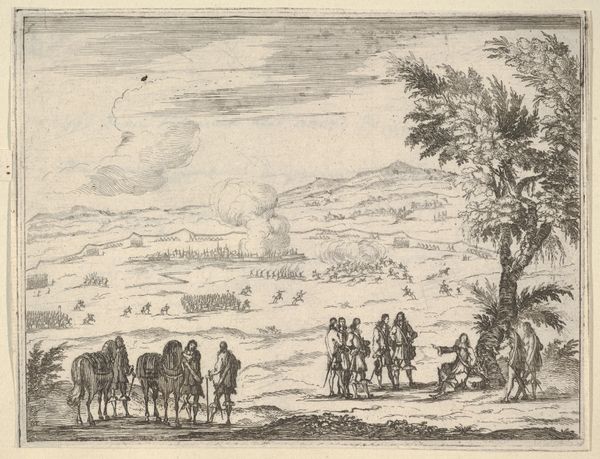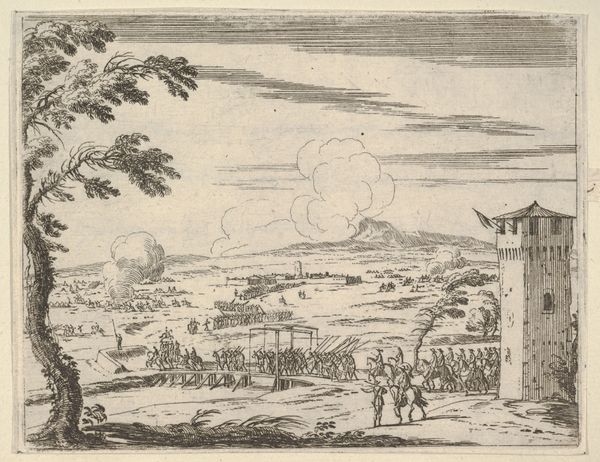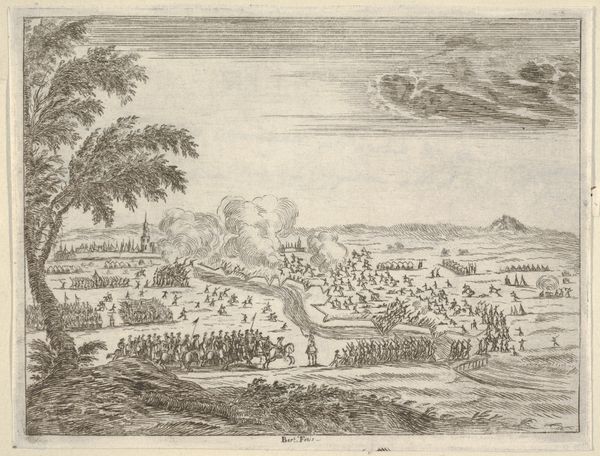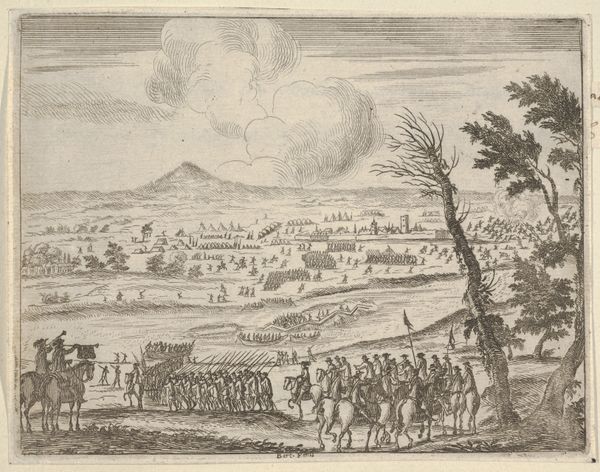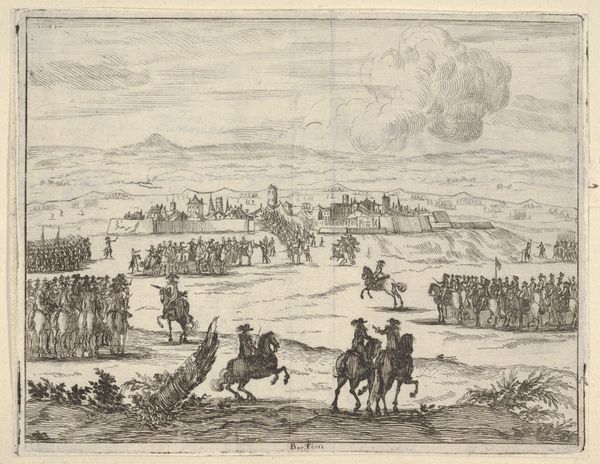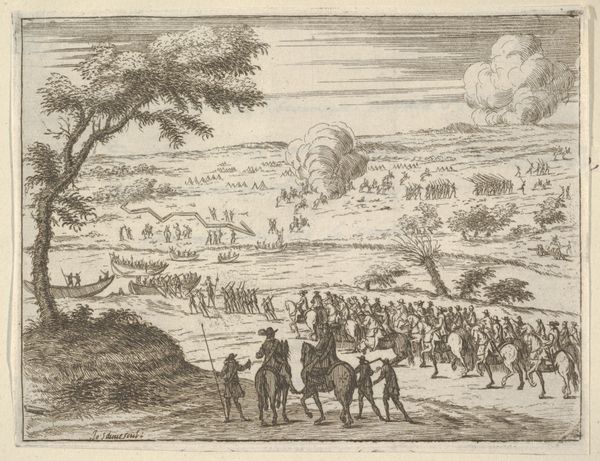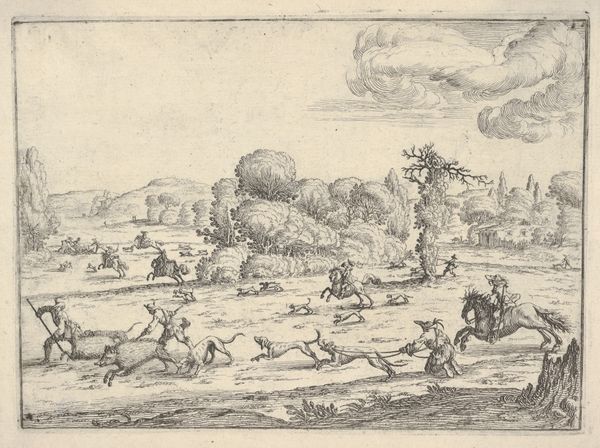![After a Long March, Francesco I d'Este Passes with the River of Cassano with his Army, thus Causing Great Harm to the Spanish, from L'Idea di un Principe ed Eroe Cristiano in Francesco I d'Este, di Modena e Reggio Duca VIII [...] by Bartolomeo Fenice (Fénis)](/_next/image?url=https%3A%2F%2Fd2w8kbdekdi1gv.cloudfront.net%2FeyJidWNrZXQiOiAiYXJ0ZXJhLWltYWdlcy1idWNrZXQiLCAia2V5IjogImFydHdvcmtzLzJjMWE3NTMyLWU4YzktNGMzNi1hZDcxLTgxM2ViN2Q2MTU5Ny8yYzFhNzUzMi1lOGM5LTRjMzYtYWQ3MS04MTNlYjdkNjE1OTdfZnVsbC5qcGciLCAiZWRpdHMiOiB7InJlc2l6ZSI6IHsid2lkdGgiOiAxOTIwLCAiaGVpZ2h0IjogMTkyMCwgImZpdCI6ICJpbnNpZGUifX19&w=3840&q=75)
After a Long March, Francesco I d'Este Passes with the River of Cassano with his Army, thus Causing Great Harm to the Spanish, from L'Idea di un Principe ed Eroe Cristiano in Francesco I d'Este, di Modena e Reggio Duca VIII [...] 1659
0:00
0:00
drawing, print, engraving
#
drawing
#
baroque
# print
#
landscape
#
soldier
#
horse
#
history-painting
#
engraving
Dimensions: Sheet: 4 15/16 × 6 5/16 in. (12.5 × 16 cm)
Copyright: Public Domain
Curator: This engaging print, made in 1659 by Bartolomeo Fenice, comes from a larger illustrated biography memorializing the Duke of Modena, Francesco I d'Este. It depicts an episode titled "After a Long March, Francesco I d'Este Passes with the River of Cassano with his Army, thus Causing Great Harm to the Spanish." Editor: Harm indeed! The scene feels almost apocalyptic with those puffs of smoke scattered across the landscape. The soldiers are these tiny, regimented lines, yet somehow the artist conveys a real sense of the chaos and relentless march of war. Curator: You've picked up on something crucial there. What appears at first glance as a purely celebratory historical scene also gives us a sense of the scale and impact of 17th-century conflict. Notice how Fenice uses the landscape itself, with that receding river and dramatic perspective, to emphasize the army’s long and arduous journey. Editor: It’s amazing how much information is packed into such a small engraving. It feels both detailed and distanced at the same time. Look at those tiny figures on horseback in the foreground, observing their forces! Curator: Those figures, I think, symbolize leadership and control. It's interesting that they are set apart, both literally and figuratively, from the chaotic battle unfolding behind them. They're the strategic minds overseeing a calculated campaign. Editor: Calculated, perhaps, but there's also a sense of... resignation in those distant plumes of smoke. All that destruction laid out like an unrolling carpet. Curator: That is a potent reading. And I believe that tension–between celebration and grim acknowledgment—speaks to the complexities inherent in representing war through art, particularly when commemorating a figure of power. The image serves both as history and as political propaganda. Editor: Precisely. Art with an agenda. It makes you wonder about all those unpictured stories amidst the tiny soldiers in the march. Ultimately, a glimpse into the controlled spectacle and cost of war, etched in fine detail. Curator: A fitting conclusion, capturing how Fenice’s historical portrayal opens doors for multiple reflections on power and the human condition.
Comments
No comments
Be the first to comment and join the conversation on the ultimate creative platform.
